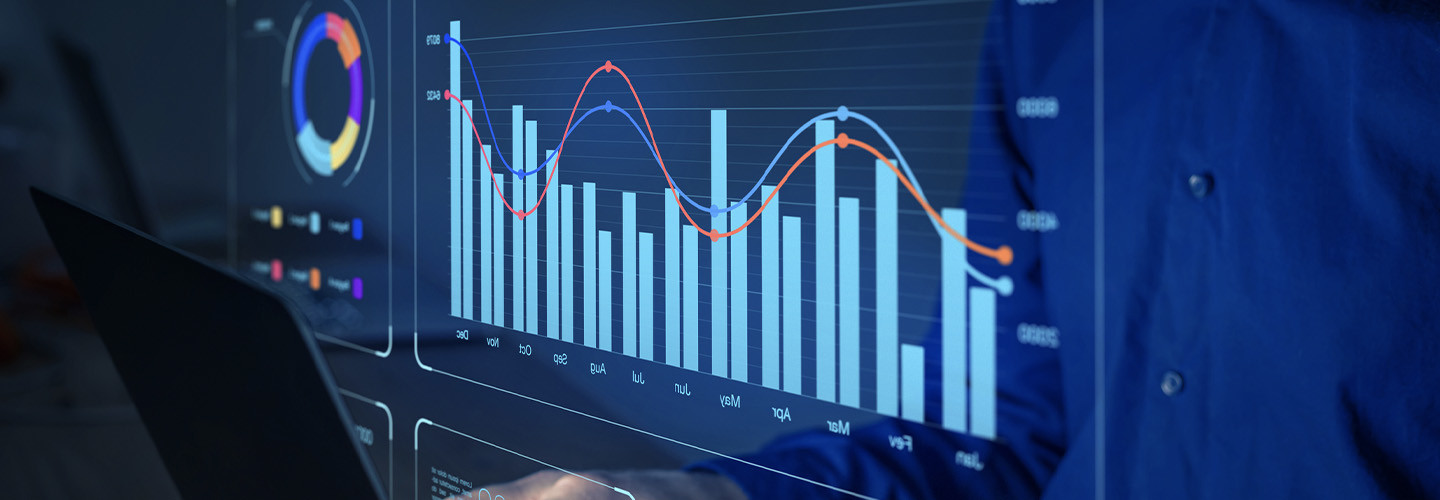Cybersecurity Is the Top Advanced Analytics Use Case
Agencies primarily are interested in the cybersecurity applications of advanced analytics, including monitoring for malware, ransomware and insider threats. The federal government is almost a decade behind industry and playing catch-up in this area, spurred by President Joe Biden’s 2021 executive order on improving the nation’s cybersecurity.
Splunk’s User Behavior Analytics is newer software that was developed by feeding collected data into a learning model but now identifies threats by analyzing network traffic patterns against the centralized threat repository it’s created. A user operating at odd hours, performing unusual tasks or attempting to access protected data could all be signs of a compromised account, and advanced analytics can catch these indicators faster than analysts.
Another example is ransomware that changes a large data set on user storage arrays, locks it down and encrypts the information. Now, storage devices are leveraging advanced analytics to flag when there is a sudden transfer of large volumes of data by a single user.
Meanwhile, the Department of Defense is using advanced analytics to predict the impact of aircraft and ground capabilities in warfare and determine how they can best be coordinated.
Financial learning models might be questionable at best, but the reality is that the Federal Reserve needs their analysis to adjust monetary policy — largely by changing interest rates — to prevent inflation.
And last, agencies are beginning to use advanced analytics to manage the growing number of Internet of Things devices at their disposal.
READ MORE: How advanced analytics is changing how agencies fight fraud.
Underlying Technologies Are Use Case-Dependent
Every agency will require different advanced analytics technologies according to its needs, but NVIDIA has developed capabilities to run AI engines that are worth considering for new use cases.
At the same time, HP and Dell are enhancing supercomputers with AI learning models.
Advanced analytics is a broad area, and the technologies that agencies need will depend on whether they’re doing fraud detection, predictive maintenance, cybersecurity or customer segmentation. CDW works with agencies such as the General Services Administration to apply advanced analytics to supply chain optimization and predictive modeling.
Across the government, there are opportunities to make use of advanced analytics depending on agencies’ particular missions and objectives.
This article is part of FedTech’s CapITal blog series.











